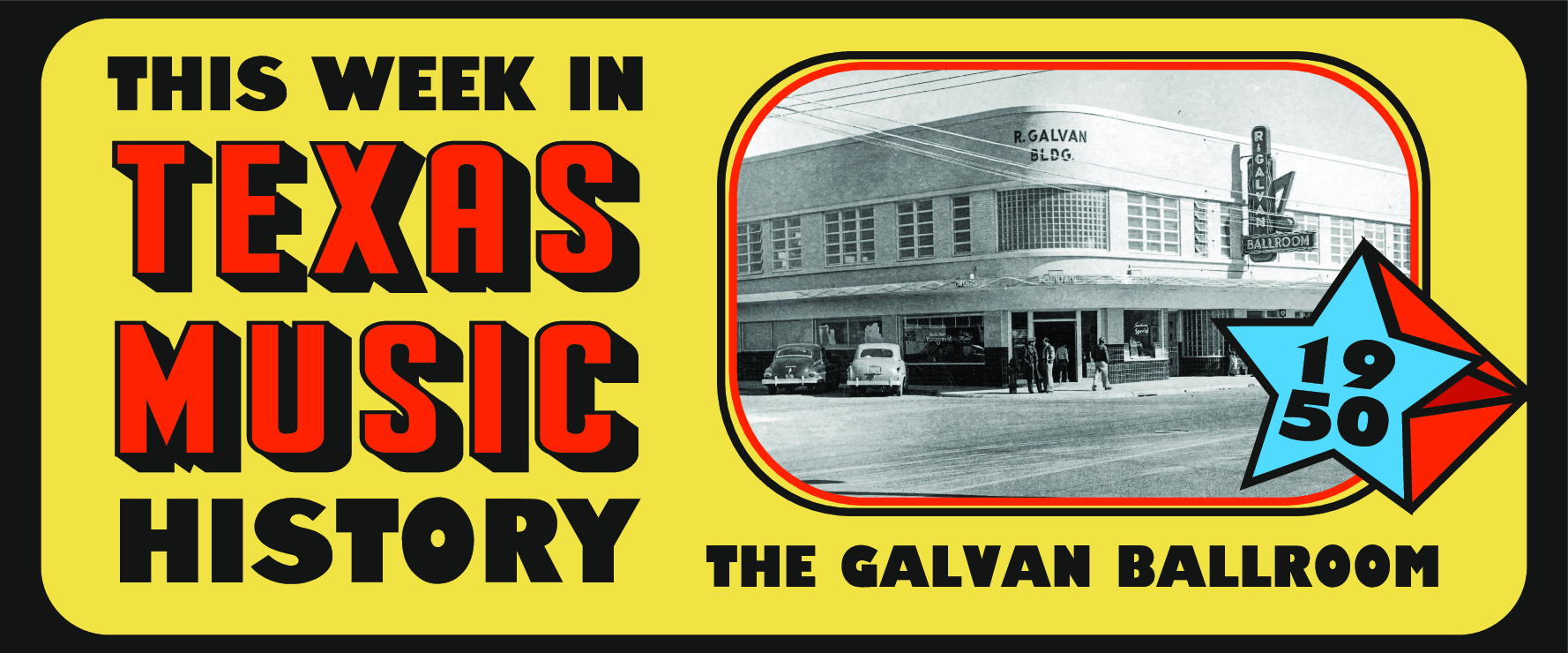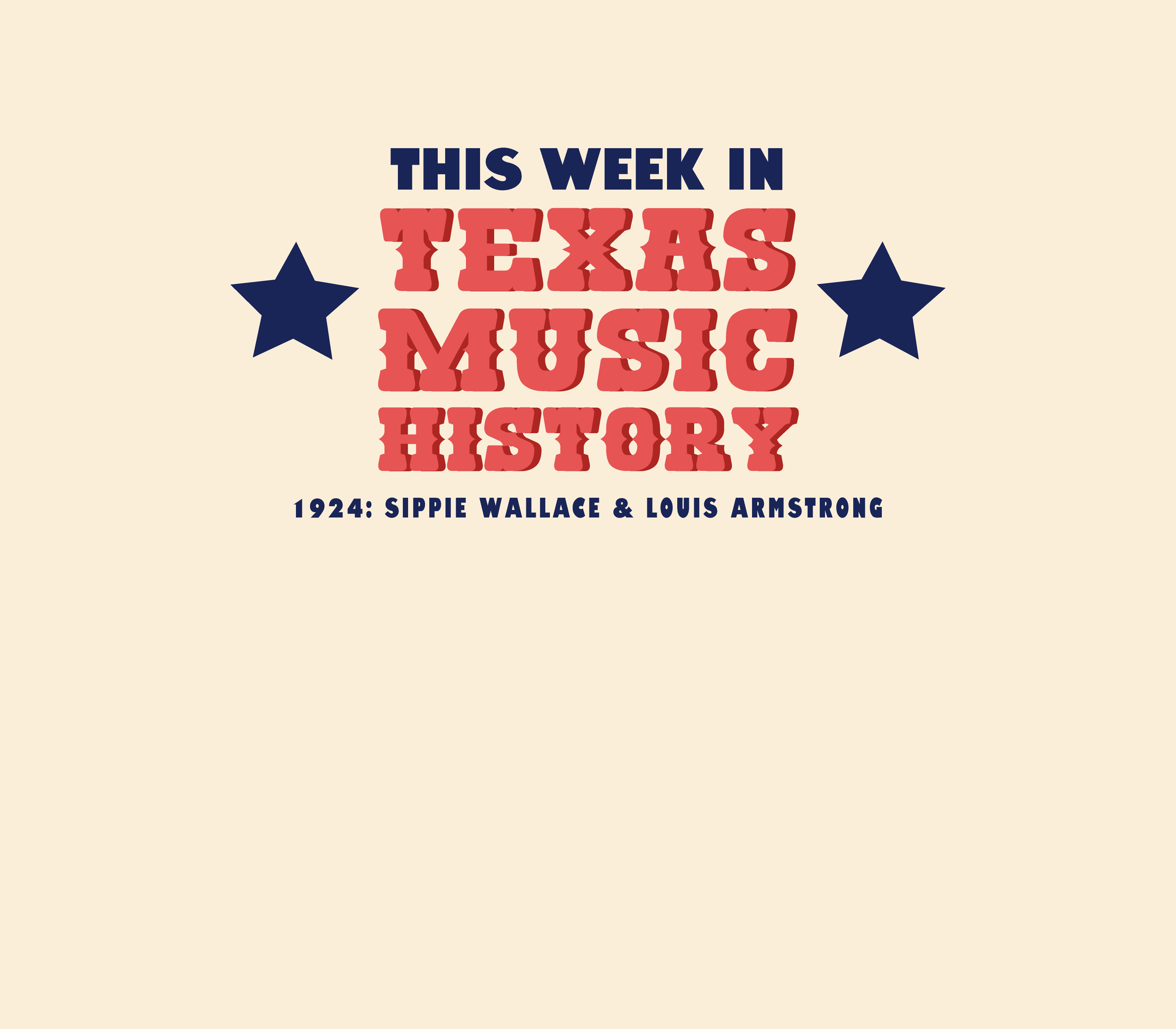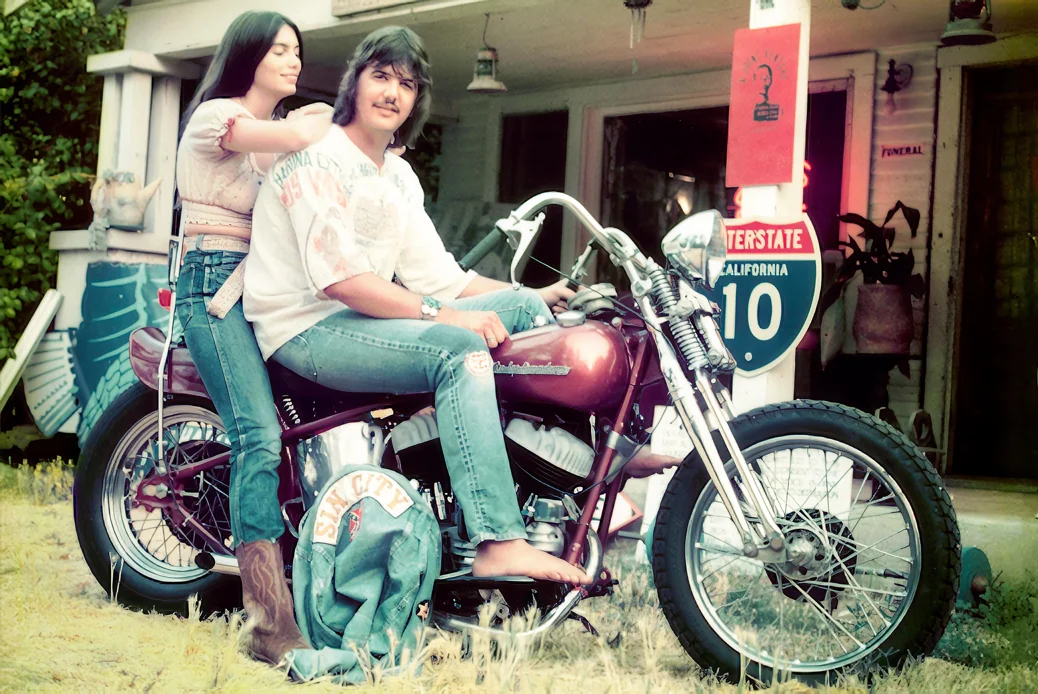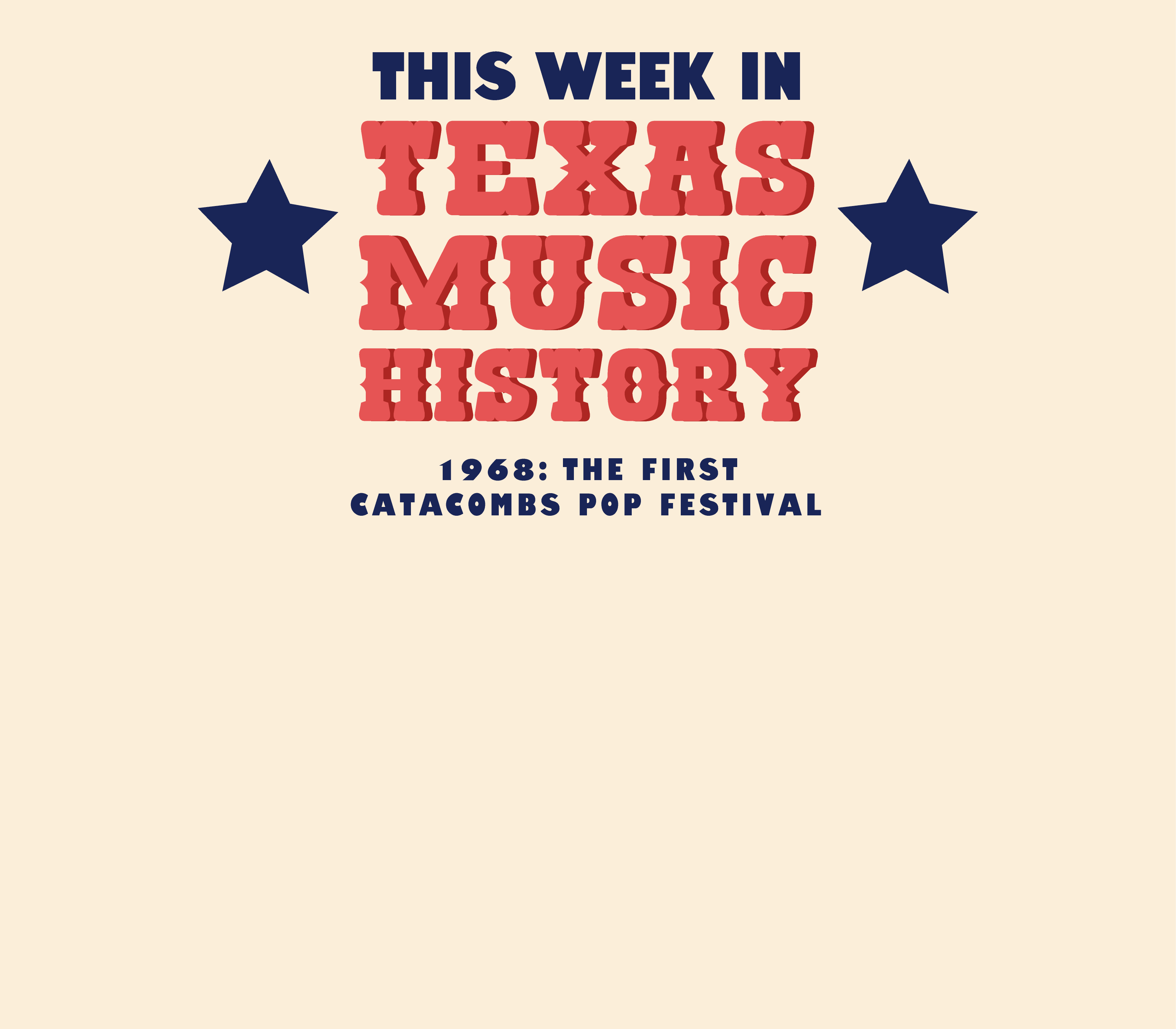This Week in Texas Music History, a swing ballroom cuts against the grain of South Texas segregation.
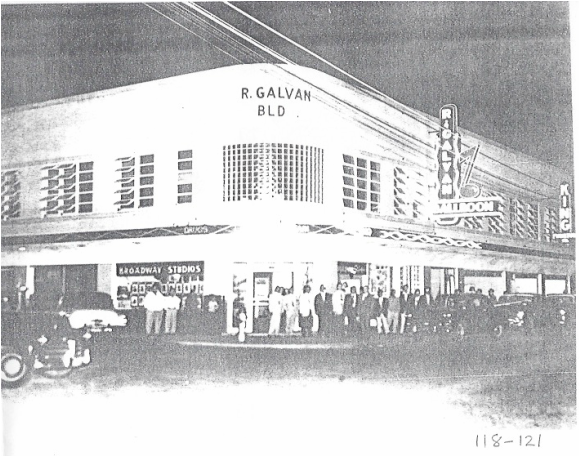
On March 30, 1950, swing bandleader Tommy Dorsey played the grand opening of the Galvan Ballroom in Corpus Christi. The ballroom would soon become a signature South Texas venue, but this March date with Dorsey was not the first time it opened its doors. As with many community ballrooms, Rafael Galvan, Sr. launched his namesake Galvan Ballroom so that his band, the Galvan Orchestra, would have a reliable place to play.
The Galvan Orchestra was the first band to take the stage in early March 1950 and would play there consistently for much of its history. The space became a social and community center hosting dances to the tunes of upscale big band swing, South Texas orquesta, and the occasional touring group from Mexico. In addition to Tommy Dorsey, notable artists to play the Galvan in its heyday included Count Basie, Duke Ellington, and Gene Krupa. Still extant, the Galvan Ballroom remains an elegant space in the streamlined modern style, renowned in the 1950s for its custom-made revolving chandelier with four spotlights.
In 1959, the Galvan Music Company opened on the first floor of the ballroom to sell instruments, sheet music, and accessories, making the building on Agnes Avenue even more central to Corpus Christi’s music scene. Many artists who called the Galvan home would be key in establishing Corpus’s celebrated Texas Jazz Festival in these years, the longest running free festival of its kind. The Galvan Ballroom also has historical significance beyond the music itself.
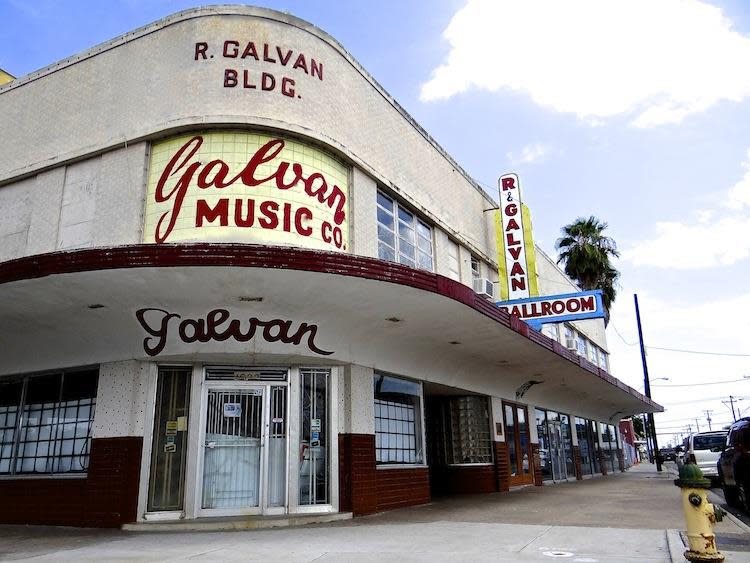
In the racially segregated 1950s, the Galvan Ballroom was an important site where Black, Mexican American, and Anglo American artists and audiences met in a space of performance and dancing. A landmark of old Corpus, entering the Galvan Ballroom’s doors today is to be reminded of all that a glamorous midcentury night on the town might have meant to South Texans of all backgrounds.
Laurie E. Jasinski in Laurie E. Jasinski, Gary Hartman, Casey Monahan, and Ann T. Smith, eds. The Handbook of Texas Music. Second Edition. Denton, TX: Texas State Historical Association, 2012.
David Louzon, “Corpus Christi’s Galvan Ballroom: Music and Multiculturalism in the 1950s,” Journal of South Texas 20 (Spring 2007).
Guadalupe San Miguel, Jr., “Tejanos and the Making of the Texas Jazz Festival, 1959-2013,” The Journal of Texas Music History 14 (2014).
